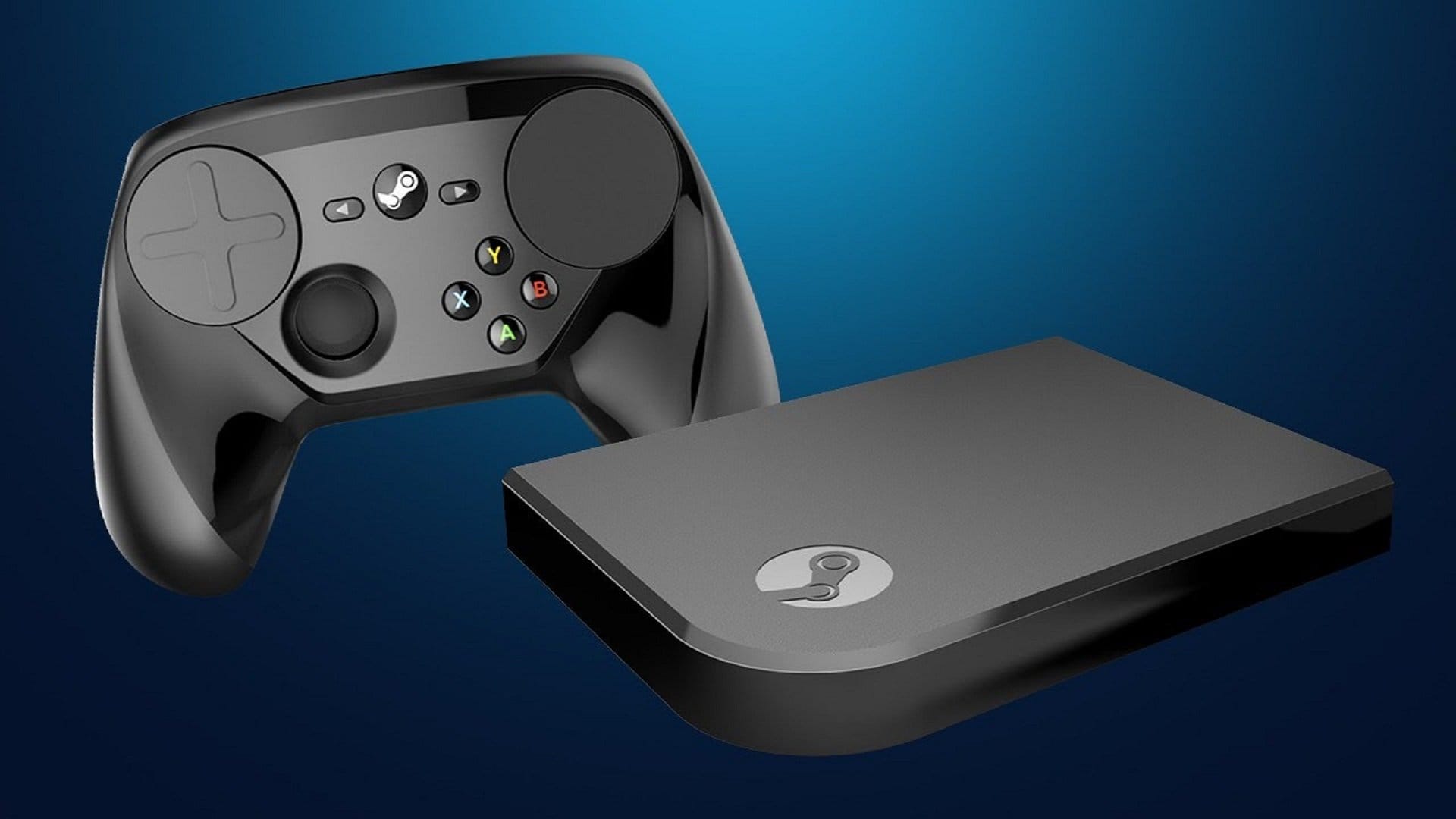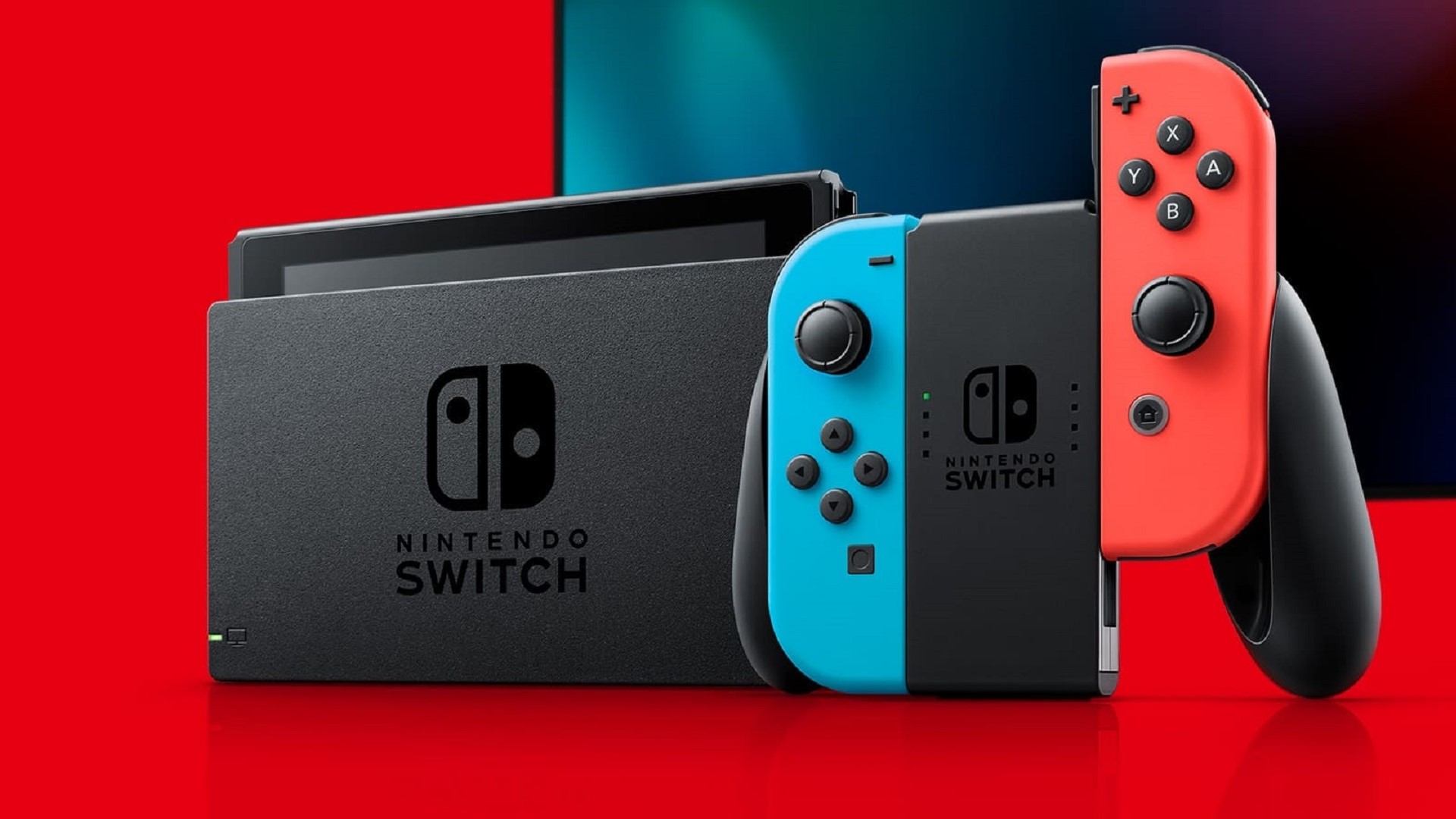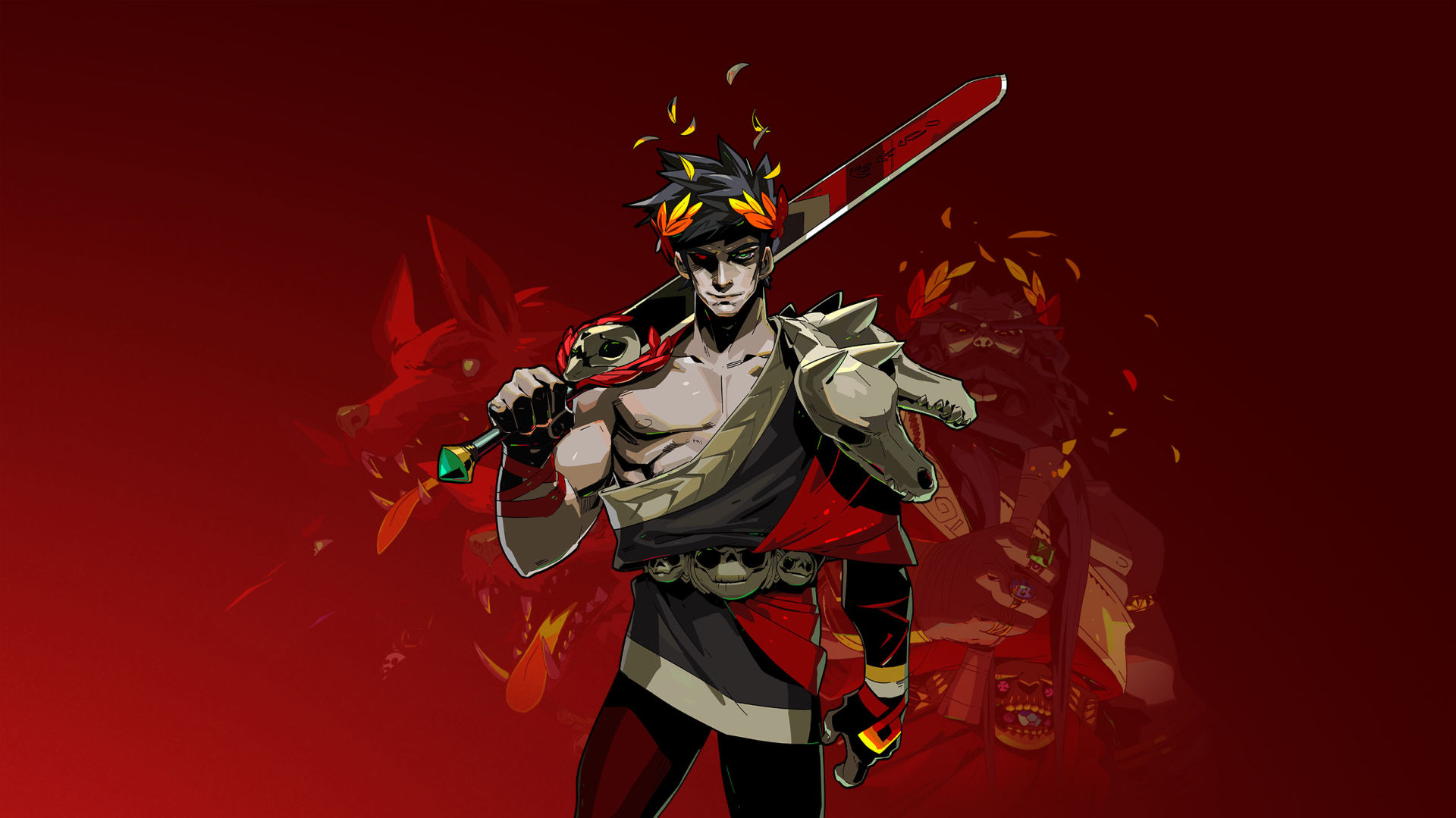
Valve has had a very spotty and rocky relationship with hardware in the past. While the company’s Steam ecosystem is basically the de facto representative of PC gaming at large to much of the world, any time Valve has tried to dip its toes into building hardware platforms to go along with that, it hasn’t had the best track record. The biggest example of Valve’s failing to have a hardware component for its Steam ecosystem is, of course, Steam Machines, Valve’s attempted bid to create an open standard games platform based on PC gaming for the living room. The Steam Machine bid was a spectacular failure (less than half a million are estimated to have been sold across more than a dozen models), and ended up making even less of a splash than high profile failures from Sony or Nintendo such as PS Vita or Wii U.
Valve’s other hardware efforts haven’t fared much better either; HTC Vive, a VR headset made in collaboration with Taiwanese company HTC, was praised for its incredible tech, but always trailed Oculus and PlayStation VR; Valve Index, Valve’s own attempt at VR hardware, was, again, praised, and has seen reasonable sales in the wake of last year’s Half-Life: Alyx, but again, in terms of sales, it’s been a bit player in an already small market. Arguably Valve’s biggest successes in the hardware arena have been Steam link (a remote play extender for your Steam games) and the Steam Controller – but they were both also less than $100 apiece, indicating that Valve’s hardware success has been contingent on selling cheap hardware at best.
Which was why when Valve head Gave Newell promised some “console efforts” from Valve later in the year, the initial reaction from many was to assume that he was talking about Valve games for consoles again, rather than another Valve hardware entry to the market. Since then, a lot of speculation has centered on a potential new Valve hardware platform again, however, though the crux of the discussion has always returned to the central question – why? Why would Valve attempt to do something like this again, given how poorly their debut effort went?
To be fair, the original Steam Machine initiative may have been a total bust, but Valve did end up getting a lot from it. SteamOS, a Valve produced Linux distro, was originally developed in conjunction with Steam Machines, but has outlived those, and in turn given rise to Valve’s Proton, a compatibility layer that allows games developed for Windows to run on Linux without any extra effort or resources necessary from the developers. Big Picture Mode, Steam’s console-style UI, was developed for Steam Machines, but it ended up outliving them, and remains a popular way for users to interact with Steam to this day. Steam Link, the hardware, may have died out, but the brand and the streaming tech both live on in the form of Steam Link remote play apps for smartphones and tablets. So even while the Steam Machines themselves were colossal misfires, everything else that came out of it was extremely successful in the long run – in and of itself, one could always argue that is reason enough to justify a second attempt.
But the whole discussion got a new interesting angle associated with it in light of recent leaks about what Valve’s upcoming hardware efforts may entail. Recent SteamDB leaks have unearthed evidence of a new Valve controller associated with a new Valve system, codenamed “Neptune” and “SteamPal” respectively. Based on some findings in this code, a lot of speculation has been recontextualized in light of the belief that Valve’s next hardware attempt may not be a set top box console such as PlayStation or Xbox at all – instead, it may be a Switch-style hybrid handheld console. Which makes things a whole lot more interesting.
You see, one important reason that Steam Machines failed was that there was literally no reason for them to exist. There was no niche that they were addressing that hadn’t already been addressed, and addressed better (and cheaper); there was no question they were answering; they were providing no utility or value that hadn’t already been provided by other devices on the market. If you were in it for PC gaming, everything a Steam Machine could do, actual PCs could do better, given that unlike Steam Machines, they ran Windows (and Proton wasn’t a thing yet back then). If you were in it for console gaming, everything Steam Machines did, actual consoles did better (especially since, again, Steam Machines couldn’t run most of the popular consoles games because they ran on Linux, and they were more expensive while providing often more compromised specs and experiences). If you were just in it to get a living room extension of your gaming PC, Steam Link did it better, while also being a fraction of the cost. If you just wanted to tinker with SteamOS or Big Picture Mode, you could already did it on your existing PC (Valve offered SteamOS for free for everyone, and Big Picture Mode was added to the Steam Client for everyone as well). So there was literally no reason whatsoever to go for a Steam Machine – it almost felt like Valve went out of its way to hobble whatever potential appeal the platform may have had by offering that same appeal elsewhere, better, cheaper.
But a portable Valve console, in the same form factor as a Switch, ends up sidestepping these problems and opening up a market for success for itself, in much the same was that the Switch itself was where traditional set top Nintendo consoles had clearly struggled to sell consistently for almost decades by the time of its release. You see, portability in and of itself is a huge selling point. There is clear utility to offering you the chance to play the exact same games you play elsewhere on the go, whether in bed, or in the bathroom, or just on the go. Portability has huge appeal – there’s a reason so many third party games sell the most on Switch, and people keep asking for Switch versions of most games even when it is clear that the Switch is far less capable than other machines those games are already on. People are willing to compromise on the graphics and presentation to get the utility of being able to play their preferred games on their own terms, rather than being tethered to a TV or monitor.
Portability in and of itself, then, adds utility to a Switch-style Steam Machine, giving Steam players an actual reason to purchase one – because buying one will let them do something that their current Steam enabled PCs can’t. And while the Steam Link app can let you stream your games on a tablet or smartphone with a paired controller, that is a significantly more compromised experience than playing games natively on an integrated package, like the Switch is (again, this is one reason for why the Switch has seen so much success even in the face of remote play offerings from, well, just about everyone else in the industry).
So a portable Steam Machine gets a reason to exist by having an actual shot at market success by virtue of providing actual meaningful utility to end users, things that the older ones never had or could. The issue, of course, is that while portability is clearly a killer app to some extent that provides actual assurance of success, it’s not enough in and of itself. The history of video games as a medium is littered with the corpses of dead portable systems, all from companies who legitimately thought they had a shot at market success, and then failed in spectacular fashion. Arguably, getting a portable gaming system right is even more difficult than getting a home console right – while there are at least five companies that have managed to deliver successful home consoles more than once, there are only two companies that managed to deliver successful gaming handhelds, period, and only one that has managed to do it with any consistency. That one company is Nintendo, who were able to survive and fend off portable competition in the market from entrants such as Atari, Sega, Sony, and even Nokia.
So, making a system successful needs more than just it being a portable. Which means that even with a portable Steam Machine (or Steam Pal, going by that codename), Valve has their work cut out for them. There are several things they will need to do to be able to gain any traction with this hypothetical Steam handheld – though the one good thing is that many of the initial obstacles a new portable entrant might face are already surmounted due to some of the groundwork Valve has been laying down over the last few years (unwittingly or otherwise).
Let’s talk about those things that Valve needs to get done right, though. The most important factor here is price – as I’ve said several times, clearly portability is a killer app that offers a lot of utility in the gaming sphere, but it also has a hard cap in terms of the price the markets willing to pay for it. Your portable system can not be too expensive, because it simply won’t sell otherwise. The most expensive price a purely portable system has ever been able to sell at in the past is $200 – beyond that, portable systems have outright failed, with even Sony and Nintendo being unable to make $250 price points work for their handhelds.
There is, of course, always the chance that Valve makes the Steam Pal a hybrid like the Switch, so it’s not just a handheld, but can also dock in and become a home console. At that point, they give themselves some leeway to be able to sell their system at higher prices (the Switch sells at $299 currently, and rumours for the Switch Pro peg it at an even higher price point). But in general, especially given that Valve lacks the pedigree in the portable arena that Nintendo has, or even the reputation for long term support of their hardware initiatives, they can’t really afford to price the system too high. $250 is the max they can and should go – and at that point, they’re already basically consigning it to sell to a niche of presumably existing Steam customers. Realistically, with the Steam Pal, the lower Valve prices it (without it becoming a loss generating initiative to a ridiculous degree, at any rate), the better.
At least as important as the price, though, will be the library. The Switch didn’t just sell like it did because of the form factor, it got the traction and momentum that it did because of its amazing library, a significant part of which is exclusive to it. The Switch is one of the most widely supported systems of all time, and the catalog of indie, third party, and especially first party games that it has built has been the reason behind its ongoing success.
The thing is, unlike Nintendo with Breath of the Wild, Valve is almost certainly not going to be launching the Steam Pal with any big killer app exclusive game. In fact, it’s up in the air as to whether or not Valve launches any game alongside Steam Pal at all. The Steam Pal doesn’t have to launch with an exclusive, strictly speaking – even it launching alongside, say, Portal 3, which can be played on it, allowing players to play the exciting new game in the beloved franchise on the go in addition to their PCs, would be enough. But Valve is extremely slow in terms of releasing new games (last year’s Half-Life: Alyx was their first new premium release in eight years; in those intervening eight years, Valve only released two free-to-play titles, and some tech demos), and also, none of their previous hardware platforms have launched alongside new games. Steam Machines lacked any “launch title”, and so did Valve Index. So not only is it unclear, based on precedence, whether or not Valve would have a flagship launch game for a hypothetical new Steam Pal, it’s unclear that they would be able to give it any consistent ongoing game support at all. Which means the Steam Pal would end up having to succeed, largely, on the basis of third party titles.
That’s actually not the death sentence one might think it is, though. The very appeal of a Steam Pal would be that it interacts and allows continuity with your existing Steam library. In other words, the appeal is that you get to play your existing Steam games on the go, not that it’s a new system with a distinct library of its own. But this, again, requires some actual effort on Valve’s part, not just in terms of the technology (where, with Proton, they have laid down the groundwork already), but enforcement of policies for developers and publishers.
Given that by definition this Steam Pal is going to be weaker than many PCs, Valve will have to ensure it mandates a certain minimum level of optimization and, preferably, a single optimized profile of preferred settings and controls, for developers and their games. Of course, Valve and developers can then allow users to go in and start tweaking settings to their liking – after all, the very strength of PC gaming is in the flexibility it gives users, and that shouldn’t be taken away here – but a minimum baseline of optimization in terms of how the game runs, and the controls, should be mandatory for games to be allowed to be whitelisted for the device. Otherwise, you are giving users an extremely janky and poorly optimized experience, which doesn’t really make the most convincing case for itself, particularly since there’s already an existing inconvenient method to play your Steam games portably. The whole point of this kind of a Steam Pal is that by being a fully integrated package that plays your games locally, it’s giving you a more convenient, better experience overall.
The question then becomes – would developers even bother with hitting those thresholds of optimization? After all, they can just not spend the time and resources on doing that, and still sell to the existing universe of 100 million+ Steam users. Here, again, the onus is on Valve as the custodian of the ecosystem to incentivize developers to support the Steam Pal where technically feasible. While initiatives such as Proton obviously help (presuming this thing runs on a fork of SteamOS), Valve can probably try some monetary and financial incentives as well. Things like a lower cut of revenues, for example, where they take only 20% of your game sales on Steam rather than 30%, if you also make it Steam Pal compatible, is likely to make a lot more developers put in the work to make their games compatible with this new hardware. Other incentives Valve can offer can include better placement on the Steam Storefront, better co-marketing pushes, and so on. But Valve needs to do whatever it can to have these developers support the Steam Pal – otherwise, imagine a situation where, for example, Hollow Knight Silksong is available on Steam and Switch, but not whitelisted for Steam Pal. At that point, why would Steam players buy a Steam Pal when a Switch fulfills that promise better? Especially given that so many Switch games already allow cross-save with their Steam counterparts, such as Hades, Divinity: Original Sin 2 and so on?
Ultimately, that’s actually a good and concise summary of what Valve needs to do to ensure that the Steam Pal isn’t the latest in a not short line of hardware failures and misfires from them. They have to be involved and engaged with trying to make it a success. They have to actually market it, incentivize developers to make sure their games run on it, and generally make a constant, ongoing, active push for it for it to succeed. being hands-off with to – as Valve typically is, and has been in the past as well – will only cause it to fail, much like Steam Machines did. Even if it’s an actual good bit of hardware, it won’t sell without a concerted, ongoing, and coordinated push and campaign for it. Being a platform holder comes with responsibilities to generate and equally important, maintain momentum. being hands-off doesn’t do either. You end up with something like the PS Vita or the Steam Machines, which never get off the ground, because they never get the support of their platform holders once they hit the market. But if Valve does something entirely uncharacteristic of them, and if they keep pushing for the Steam Pal on an ongoing basis even after its launch, then I think the platform would stand a chance at some pretty good success, and a healthy and rich library not unlike the Switch. It can also serve as a friendlier entry point into the Steam ecosystem for many who traditionally may be daunted by PC gaming, but would be willing to get a portable – and who knows, those people might well transition to full-blown PC players in the future too.
It’s important to remember, however, that in spite of all this potential for success, one must keep their expectations properly calibrated and in check. It’s never going to become a 100 million selling Switch-level success (most importantly, it lacks the exclusive Nintendo first party games that give the Switch an edge that simply cannot be contended with by any other platform holder on the market). It probably will not even match the 3DS, which is Nintendo’s lowest selling portable system of all time. But at the very least, I can see it selling more than any other Valve hardware platform has in the past, and at least a few dozen million units, if handled right – which automatically makes it more successful than all but one non-Nintendo portable platforms ever. And, as mentioned, it has a lot of other intangible benefits as well, on the customer and developer support side both.
Of course, right now, there are a lot of questions in the air – in addition to all the speculation I’ve already listed out, the biggest question to begin with is about whether or not this thing is even real (or if it’s indeed a portable system at all). But, assuming that this is real, and it is a portable, and that Valve plays its hand right, I think there is a legitimate chance for a Steam handheld to succeed where no other Valve hardware has in the past. Whether or not that actually happens remains to be seen.
Note: The views expressed in this article are those of the author and do not necessarily represent the views of, and should not be attributed to, GamingBolt as an organization.



















